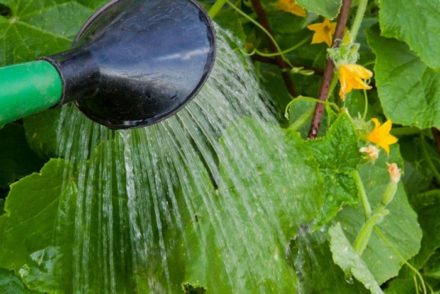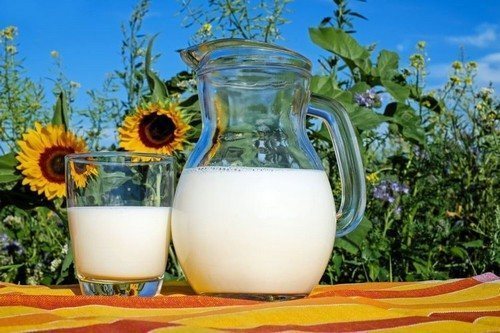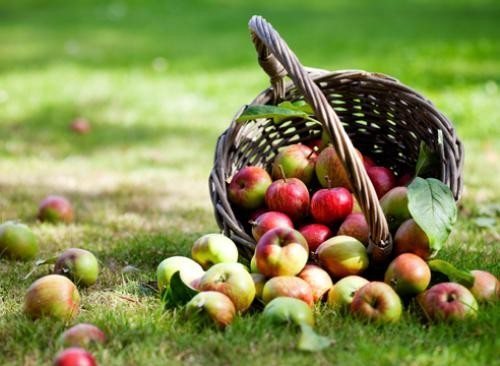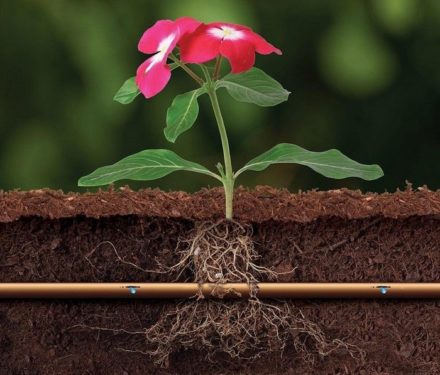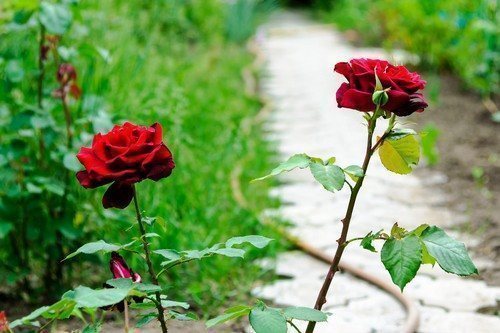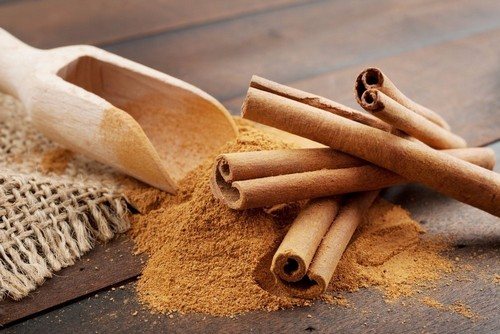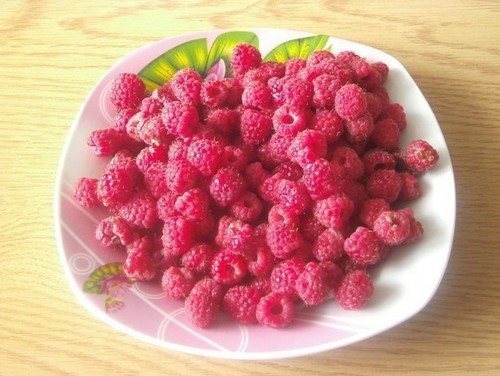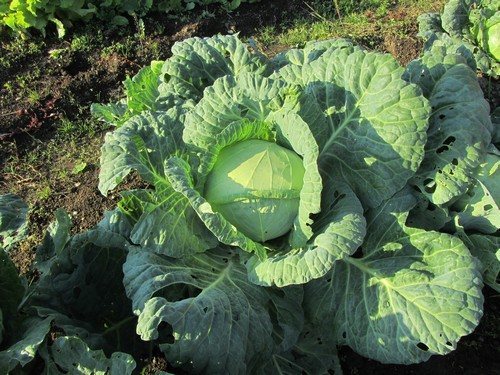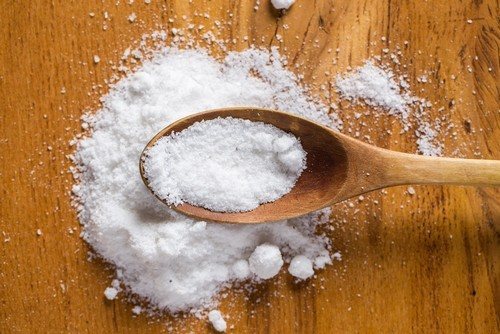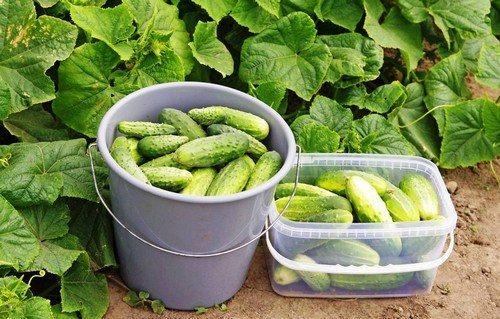Today, in a time of unnatural products, stuffed with all sorts of chemicals, self-grown products are highly valued. But gardeners make many mistakes when watering vegetables. Water is the most important component when watering a plant. Without the required amount of moisture, it is impossible to grow any vegetables. Excess moisture is just as harmful as too little. To get a good harvest, we have indicated 8 main mistakes when watering vegetables in the garden.
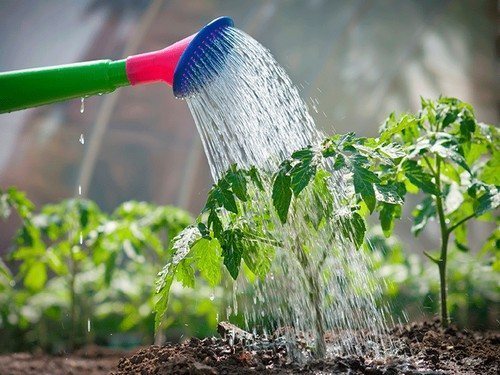
Watering in hot weather
When watering vegetables in hot weather, all the liquid from the soil quickly evaporates. Droplets on the leaves can cause plant burns, as the stems and leaves quickly heat up under the influence of the sun. And any damage is a path to infectious diseases.
Strong stream when watering
Many gardeners think that when watering from a hose with a strong stream, water penetrates better into the soil, but this opinion is erroneous. This method causes more harm. At the same time, the stream erodes the soil and exposes the roots. After this, the roots, if they are not covered with soil, may die. If you still want to water with a hose, then it is better to let it flow by itself, without destroying the roots of the plants.
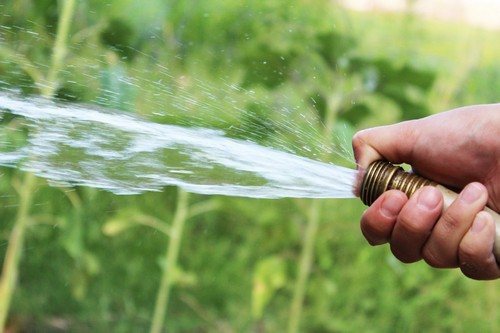
Low temperature
Basically, water for irrigation comes from wells and boreholes. Its temperature is very low compared to air temperature. Cold water may cause the leaves to curl and the plant itself may die.Therefore, if there is no water at the required temperature, it is necessary to make special containers in the garden; it is better to paint them black to heat the water.
Lack of irrigation after fertilization
After gardeners apply fertilizer to the soil, it is necessary to water it. Since fertilizers can evaporate under the influence of the sun. It would be more correct to loosen it, then water the soil a little, add mineral fertilizers and then water it well again. At the end you will need to fill it with soil in order to create a moist soil.
Excess or lack of moisture
You need to know the norm in everything. Lack of water can cause the plant to starve, dry out and die. Excess can also lead to the death of the plant. Vegetables must be irrigated so that water penetrates approximately 15 cm. The roots of the majority of vegetable crops are located at this distance. It is necessary to look at the looseness of the soil; if the soil is not particularly loose, then you need to water with a lot of water, but rarely. And if it’s the other way around, then more often, but with less water. From one to three buckets of water are poured per square meter.
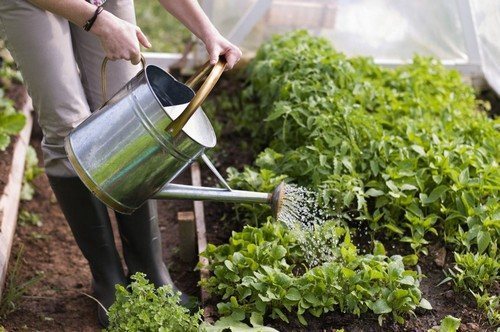
Watering on the formed crust
If the garden has not been watered for several days, a crust may form on top of the soil. This crust needs to be broken. If it is not broken, the water will simply spill over the surface without penetrating into the soil.
Failure to comply with watering standards
Many gardeners water the entire garden at the same time and with the same amount of water. Each vegetable crop has its own watering rate. For example:
- early cucumbers need to be watered in May-August, they require approximately 7 waterings, 12 liters of water are needed per 1 kilogram of crop;
- late cucumbers are watered in May-September, the number of waterings is about 9, 9 liters of water are needed per 1 kilogram of crop;
- pepper needs to be watered in May-September, the number of waterings is 10, about 20 liters of water are needed per 1 kilogram of crop, and so on.
Evening sprinkling
The best time for this method is morning. Since in the evening moisture without the sun will evaporate very slowly. Evening sprinkling can provoke fungal diseases.


